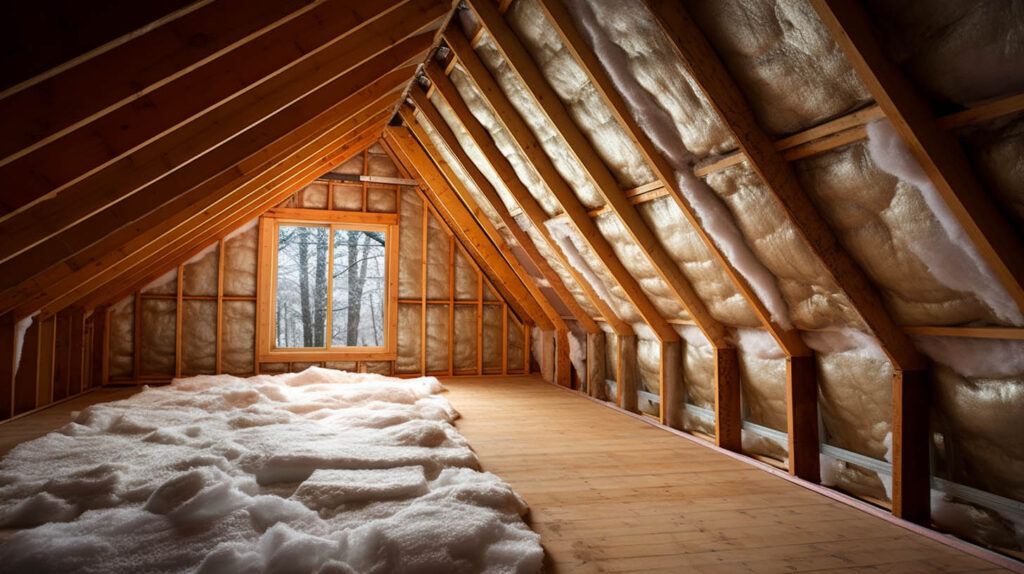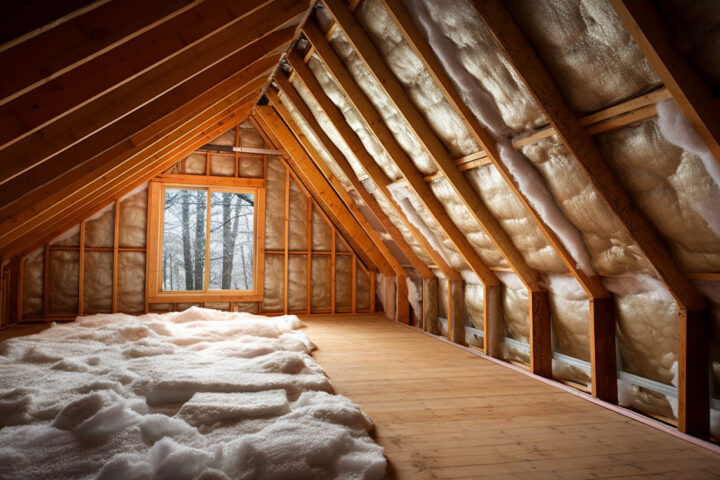
Understanding Roof Insulation and Its Importance
In today’s environmentally conscious and cost-effective construction practices, roof insulation emerges as a pivotal element in building design. The primary function of roof insulation is to offer resistance to heat flow. This resistance, commonly referred to as the R-value, is crucial in maintaining an energy-efficient building. By preventing warm air from entering and cool air from escaping, roof insulation plays a significant role in reducing utility bills and enhancing the comfort of the indoor environment.
The Role of R-Value in Roof Insulation
The R-value represents the thermal resistance capacity of insulation material. It is typically measured per inch of thickness, with a higher R-value indicating better insulation properties. This metric is essential for homeowners and builders alike, as it directly impacts the energy efficiency of a building. Roof Repair Specialist, a leading roofing company in Los Angeles, emphasizes the importance of selecting the right R-value for specific climatic conditions and building requirements.
Selecting the Right Insulation Material
Different insulation materials possess varying R-values. For instance:
- Fiberglass (batt): R-values range from 3.1 to 3.4
- Mineral wool blown (wall): R-values vary between 3.1 and 4.0
- Cellulose blown (attic): R-values are typically between 3.2 and 3.7
- Fiberglass blown (wall): Offers R-values from 3.7 to 4.3
- Closed-cell spray foam: Has R-values between 6.0 and 6.5
Choosing the appropriate insulation material is a critical decision. Roof Repair Specialist recommends considering factors such as the type of heating system used, the building’s location, and the specific needs of the structure.
Calculating the Overall R-Value
It’s not just the insulation material’s R-value that matters but also the total system’s R-value. For example, a wall with fiberglass batting might have an individual R-value of 10.8 to 11.9 but, when combined with other elements like drywall and siding, the overall R-value could reach nearly 14. This comprehensive approach to calculating R-values ensures optimal insulation and energy efficiency.
The Significance of U-Values in Tapered Insulation
While R-values are crucial, U-values also play a significant role, especially in the context of tapered insulation used in low-sloped roofs. The U-value measures the insulating characteristics of materials like glass, indicating the amount of heat loss or heat flow. In the case of U-values, lower numbers signify better insulation. Accurate calculation of U-values is vital for compliance with building energy codes.
Enhancing Energy Savings with Roof Reflection
Apart from high R-value insulation, the implementation of cool roofs is another strategy to enhance energy efficiency. Roofing contractors in Los Angeles, like Roof Repair Specialist, often recommend silicone roof coatings, known for their excellent UV ray reflective properties. These coatings, especially in bright white, significantly reduce the need for air conditioning, leading to substantial energy cost savings.
Conclusion
Incorporating high R-value insulation and reflective roofing solutions are key strategies in achieving energy-efficient buildings. Roof Repair Specialist stands at the forefront of providing advanced roofing solutions in Los Angeles, ensuring that buildings not only meet but exceed energy efficiency standards. By understanding and applying these principles, homeowners and builders can significantly reduce energy costs and contribute to a more sustainable future.




